Ernesto Bazan nasce a Palermo nel 1959. Giovanissimo capisce di voler fare della fotografia la sua professione, e la sua determinazione lo porta a specializzarsi frequentando la School of Visual Arts a New York. Per un breve periodo farà parte di Magnum Photos.
Folgorato dall'isola di Cuba, vi rimane per 14 anni, documentando il cosiddetto "Periodo Especial", dove ottiene il permesso di fotografare i militari, la lavorazione dello zucchero, la sanità e l'istruzione. Durante gli ultimi anni di permanenza, fotografa la vita quotidiana delle persone, formando un corpus di immagini che raccoglierà in una trilogia dedicata all'isola. Negli anni ha esposto e ricevuto numerosi riconoscimenti in tutto il mondo.
In questa intervista, Bazan ci ha raccontato del suo lavoro, dei particolari intrecci tra la sua vita e la sua fotografia, e degli anni cubani che lo hanno profondamente segnato sul piano personale e professionale.
Vorremmo cominciare dai luoghi della tua vita: Sicilia, Cuba, Messico, gli USA. Li hai fotografati seguendo sempre la tua particolare visione, e creando a volte delle connessioni sottili tra posti così distanti e diversi. Ce ne vuoi parlare?
Credo profondamente nel destino e sento che ognuno dei posti dove ho vissuto ha giocato un ruolo importante nella mia vita e nella mia formazione fotografica.
La Sicilia, è l’isola dove ho visto e sentito la luce per la prima volta. Tutto il mio viaggio fotografico è iniziato lì in un sogno che mi ha portato in ordine cronologico a Manhattan, un’altra isola dove sono diventato ufficialmente fotografo, poi a Cuba, anch’essa un’isola, dove era destinato che approdassi e che mi ha cambiato completamente l’esistenza: incontrando la mia compagna di vita, facendo nascere lì i nostri gemelli Pietro e Stefano, immergendomi per quattordici anni in un viaggio unico che mi ha permesso di creare questa insperata trilogia. Mi ci sono voluti solamente quattordici anni di scatti e otto di produzione per un totale di ventidue anni. Quando ci penso, mi manca spesso il respiro!
E poi sono seguiti tutti i microcosmi in America Latina fra cui il Brasile, il Perù e il Messico, dove da anni ritorno con l’ostinatezza di un mulo testardo e che mi auspico in futuro possano diventare nuovi libri.
I tre volumi che hai realizzato su Cuba – Bazan Cuba, Al Campo e Isla – sono differenti tra di loro, ma una parte delle immagini sono state scattate simultaneamente. Avevi già in mente questa trilogia, o hai assecondato un istinto che ha poi preso la direzione che ne è risultata?
Tutto il mio lavoro nasce istintivamente e si affida alla spontaneità. Trovo un luogo che m’interessa e mi tuffo dentro questa realtà senza preoccuparmi tanto quando ritornerò a galla o che sarà delle foto che scatterò.
Se qualcuno mi avesse detto al mio arrivo a Cuba che ci avrei vissuto per oltre un decennio e che sarebbero sorti tre libri, avrei sorriso sorpreso. Dal 1992 al 2000 ho lavorato esclusivamente in bianco e nero e con una reflex. Poi nel 2001 mi fu chiesto di lavorare a colori per un progetto e, sempre lo steso anno, mi fu offerta una macchina fotografica panoramica di seconda mano che acquistai senza esitazione. Cominciai a fotografare con queste tre macchine fotografiche per il piacere di farlo, senza immaginarmi lontanamente che stavo creando tre diversi corpi di lavoro.
Come si è sviluppato il processo di editing collettivo che hai messo in opera per questi tre volumi?
Dopo essere stato costretto ad abbandonare Cuba nel 2006 mi resi conto che si stava chiudendo un capitolo importante della mia vita. A ogni workshop portavo con me le stampe del futuro primo libro che ritenevo valesse la pena condividere con i miei studenti. Alla fine di ogni corso mostravo queste foto ai miei studenti per avere il loro parere. E’ nato così l’editing corale dei miei libri cui hanno preso parte un numero sempre maggiore di studenti. Selezionare le proprie foto è il tallone d’Achille di tutti noi fotografi: siamo troppo legati emotivamente per essere sufficientemente obiettivi e distaccati. Avendo tanti “occhi” che esprimevano il proprio giudizio severo mi aiuta moltissimo ad essere più duro durante la fase di selezione e di sequenza di un libro.
Impiego generalmente due anni per creare la struttura visuale. E’ un metodo straordinario e unico che lentamente sono riuscito a creare assieme ai miei studenti, cui si aggiunge un’altra fase delicata per la produzione di un libro: l’auto-finanziamento.
Grazie alla generosa partecipazione di tantissimi studenti e amici disposti a pre-acquistare sia edizioni limitate sia edizioni normali dei miei libri, sono riuscito ad ottenere una totale indipendenza editoriale. Assieme abbiamo creato la casa editrice BazanPhotos Publishing che dal prossimo anno incomincerà a pubblicare i lavori dei miei migliori studenti: sei di loro sono già stati preselezionati.
Sono lavori intimi e personali. Nutro la speranza che nel 2019 saranno disponibili almeno dodici titoli fra i miei e quelli dei miei studenti. Sarà un altro sogno realizzato!
La scelta di un formato spesso influenza la propria visione, e tu hai utilizzato -praticamente in simultanea – bianco e nero, colore e formato panoramico: ci vuoi parlare delle differenze nell’intento e nella modalità espressiva che questi formati racchiudono, e perché li hai scelti?
Fotografo da sempre in bianco e nero. Sento che sia il mezzo espressivo naturale profondamente connesso al mio occhio “interno”. Al Campo rappresenta il mio unico lavoro a colori fino ad ora. Ha rivoluzionato la mia maniera di vedere il mondo esterno. Sapere di avere pellicola a colori in macchina ha fatto nascere dentro di me una nuova consapevolezza. Improvvisamente il mio universo fotografico si è esteso. La gente non era più il mio soggetto primario: semplici oggetti, nature morte, primi piani, paesaggi sono diventati parte integrante del mio repertorio. Con l’utilizzo della macchina panoramica si è estesa ulteriormente la mia sensibilità fotografica. Ho istintivamente elaborato una visione nuova che lo stesso mezzo mi ha “costretto” a trovare. Ognuna delle macchine fotografiche e l’utilizzo del colore mi hanno permesso di raccontare lo stesso luogo utilizzando sfumature diverse.
La tua fotografia si presenta come una potente narrazione del quotidiano: cos’è per te la narrazione per immagini?
Più tempo passa e più mi rendo conto che i momenti quotidiani che fotografo si rivelano davanti ai miei occhi quasi per magia; mi chiedono d’essere immortalati. Ed io ci provo!
Le tue immagini formano un racconto di persone e luoghi, ma sono anche completamente autosufficienti: quanto è importante che le foto siano insieme indipendenti e complementari?
Ho sempre ritenuto che ogni immagine per essere interessante debba contenere una propria forza interna che scaturisce nel giusto dosaggio fra contenuto e forma. Se una di queste due componenti è assente o una delle due prevarica l’altra la foto è condannata. Nei miei libri e in quelli futuri dei miei studenti non avremo mai foto complementari di accompagnamento: ogni fotografia dovrà avere la sua intrinseca forza.
Alcune tue foto hanno un respiro ampio, altre invece sono molto intime. Come gestisci il rapporto con le persone che fotografi? Che tipo di relazione viene fuori successivamente?
Come dicevo prima, dopo l’esperienza cubana con la pellicola a colori e con il formato panoramico, tutto il mio lavoro successivo in bianco e nero si è rivoluzionato. Nei miei lavori a Bahia in Brasile, in Messico, in Perù e in Sicilia sto utilizzando contemporaneamente i diversi generi fotografici di cui sopra (paesaggio, ritratto, natura morta) che sono quasi assenti nei miei primi libri: Il Passato Perpetuo, Passing Through e in Bazan Cuba.
Il racconto fotografico attuale si avvale di tutti questi generi e diventa allo stesso tempo più complesso e semplice, sicuramente più intimo avendo l’opportunità con i miei workshop di ritornare negli stessi luoghi. Una volta abbandonata Cuba definitivamente nel 2006, mi resi conto che l’intimità acquisita vivendo dall’interno sarebbe stata impossibile da ripetere negli altri microcosmi dove stavo lavorando. Lentamente grazie alla possibilità di ritornare in maniera circolare e costante a Bahia, nella Valle Sacra nella sierra peruviana e nella zona amazzonica attorno a Iquitos in Perù, a Oaxaca durante la festa de Dia de Muertos, e in Sicilia in questo triangolo di fede fra Trapani Marsala e Buseto Palizzolo durante la Pasqua, la gente che fotografo incomincia a riconoscermi. Come a Cuba non sto fotografando solo estranei conosciuti per qualche istante per strada, ma anche persone con cui inizio a condividere la vita. La differenza di approccio riesce a darmi questo livello d’intimità sempre più imprescindibile nel mio lavoro.
Un elemento biografico attraversa la tua fotografia, anche quando sembra meno evidente. Quanto è importante la propria storia personale per saper cogliere le storie degli altri?
E’ necessario. Se non fosse così le mie foto sarebbero fredde e distanti. Dico sempre che sono il fotografo che sono grazie al fatto d’essere nato a Palermo. Se fossi nato a Trapani, Roma o Aosta sarei un altro fotografo. Posso dire che la città e la mia famiglia mi hanno forgiato come persona.
I tuoi libri nascono da esperienze di crowdfunding e self-publishing: che idea ti sei fatto, ormai, di questi meccanismi di finanziamento e di diffusione, sempre più importanti per l’editoria fotografica?
L’essere riuscito a mantenere la sovranità e il controllo assoluto di ogni mia fotografia, di ogni mia parola, della copertina nei miei libri cubani è motivo di gioia e orgoglio. Vedere lentamente che ogni libro si sta esaurendo e sapere chi sono gli acquirenti mi permette di avere un rapporto privilegiato e di poter proporre nuove collaborazioni future. Per fare un esempio concreto, nel fundraising di Isla siamo riusciti a prevendere la metà delle copie prodotte. Questo successo si deve al network di sostenitori che dal 2008 a oggi hanno seguito il mio lavoro con passione e una devozione commovente.
Anni fa hai messo da parte i lavori su commissione e hai lavorato soprattutto sui tuoi lavori personali, finanziandoti anche grazie ai workshop: cosa cerchi di trasmettere con i workshop che conduci, e che rapporto cerchi con i tuoi allievi?
Mi piace dire che dopo il sogno del 1977 che mi portò a New York, l’avere deciso di abbandonare il lavoro di committenza per dedicarmi totalmente all’insegnamento sia stata la “rivelazione” successiva. L’avere creato la casa editrice rappresenta la terza visione. Altre seguiranno!
Assieme ai miei studenti abbiamo allargato il concetto di famiglia. Con molti di loro ho avuto la fortuna di instaurare un rapporto intimo e personale che va molto al di là della relazione alunno-maestro. Una delle cose che li sorprende è che voglia conoscere il loro parere sul mio lavoro. Direi che è un rapporto unico e paritario dove tutti apprendiamo qualcosa a ogni workshop.
Fra i tuoi allievi ci sono tantissimi giovani: cosa trovi in questa nuova generazione e che approccio hanno al racconto per immagini?
Fatte poche eccezioni, la stragrande maggioranza dei miei alunni svolgono una professione che non ha niente a che vedere con la fotografia. Questo non toglie che nutrano nei confronti della fotografia una grande passione e che alcuni di loro abbiano un grande talento. Il mio aiuto consiste nel cercare di far loro trovare la propria strada in cui possano lentamente sviluppare un linguaggio personale.
Ci sono in giro molti video che documentano il tuo lavoro, soprattutto per la stampa dei libri e i workshop, e anche altri più personali. Hai mai pensato di realizzare un prodotto multimediale con le tue immagini? Hai un interesse e guardi i multimedia di altri fotografi?
Per il momento siamo soddisfatti degli audio visuali che abbiamo creato per promuovere i libri che, come dici, sono mezzi espressivi multimediali. L’idea in futuro è di continuare su questa strada e di fare dei veri e propri documentari.
Chi sono i fotografi che ritieni tuoi “maestri” e che abbiano influenzato la tua vita e il tuo approccio alla fotografia?
L’unico fotografo che ammiro profondamente prima come uomo e poi come fotografo è Robert Frank. Ho avuto il piacere di conoscerlo personalmente quest’anno e ritengo che il nostro incontro sia stato molto importante nella mia vita come racconto nella conversazione in tre atti alla fine di Isla.
Sappiamo che al momento non puoi tornare nell’isola che tanto ha segnato la tua vita. Quale sarebbe la prima cosa che faresti, se potessi tornare a Cuba?
Piangere di felicità.
A chi passi il testimone e perché?
Lo passo senza indugi al mio caro amico e studente Juan de la Cruz che da anni condivide il mio cammino e che considero un grande fotografo. Il libro a colori sulla sua personale visione del Messico sarà pubblicato dalla BazanPhotos Publishing nel 2016. Senza ombra di dubbio so già che sarà un libro che lascerà una traccia profonda.
ENGLISH VERSION
Ernesto Bazan was born in Palermo in 1959. At a very young age he realizes he wants to make a living out of photography, and his determination leads him to specialize at the School of Visual Arts of New York. He is part of Magnum Photos for a short while.
Struck by the isle of Cuba, he spends 14 years there documenting the so-called "Periodo Especial" and obtaining the permit to photograph soldiers, sugar production, and the healthcare and education systems. During his stay, he captures the everyday life of people, thus building up a bulk of photographs that will be collected in a trilogy dedicated to the island. Over the years, he has exhibited and gained numerous awards all over the world.
In this interview, Bazan tells us about his work, the particular bonds between his life and photography, and the Cuban years that have marked his personal and professional path so deeply.
We would like to begin with the places of your life: Sicily, Cuba, Mexico, the US. You’ve taken pictures of them by following your particular vision and creating subtle connections between such removed and different places. Could you tell us about it?
I deeply believe in destiny and I feel like each of the places I’ve lived in has played a major role in my life and my photographic development.
Sicily, the island where I saw and felt the light for the first time. My whole photographic journey began there like a dream, which led me firstly to Manhattan, another island where I officially became a photographer, and then to Cuba, yet another island. I was doomed to land there, and it changed my life completely. There I met my life partner, our twins Pietro and Stefano were born there. I dipped into a unique journey for 14 years, which allowed for the creation of this unhoped-for trilogy. It only took me 14 years of shooting and 8 of production - for a grand total of 22 years. Whenever I think about it, I often find myself breathless!
Then came the micro-cosmos of Latin America, including Brazil, Peru and Mexico, where I’ve been returning to for years, as stubbornly as a mule - and I wish for these [shootings] to turn into new books in the future.
The three volumes you have released about Cuba - Bazan Cuba, Al Campo and Isla - are distinct works, yet part of the images were shot simultaneously. Did you already have this trilogy in mind or did you follow an instinct that then resolved into the final direction?
All of my work is born instinctively and resolves to spontaneity. I find a place that interests me and I’ll dive into this reality without worrying about coming back to the surface or which photos I’m going to shoot.
If anybody had told me, upon my arrival to Cuba, that I’d have spent there over a decade and that three volumes would have come up, I’d have smiled with surprise. Between 1992 and 2000 I worked exclusively in black and white and with a reflex camera. In 2001 I was asked to work in color on a project and I was offered a second-hand panoramic camera, which I bought with no hesitation. I started shooting with these three cameras just for the sake of it, without remotely imagining that I was creating three bulks of work.
How did the collective editing process develop for these three volumes?
After having to leave Cuba in 2006, I realized that an important chapter of my life was drawing to an end. At every workshop I would bring along the prints of the soon-to-be first volume, because I deemed them worthy of being shared with my students. At the end of each course, I would show these photos to my students for an opinion. That’s how the editing of my photo-books began and, gradually, more and more students would take part in it. Selecting your own photos is anyone’s Achilles’ heel: we’re too emotionally attached in order to be objective and detached enough. Having so many “eyes” giving their unbiased opinion helps me greatly to being more strict in selecting the sequences for the book. Usually it takes me two years to create the visual structure. It’s an extraordinary and unique way that I’ve slowly managed to create with my students - which adds up to another delicate phase for producing the book: self-funding.
Thanks to the generous participation of a number of students and friends who were up to pre-buying both limited and normal editions of my books, I’ve succeeded in gaining complete editorial independence. We’ve created the BazanPhotos Publishing company together, which is starting to publish the works of my most brilliant students from next year.
Six of them have already been pre-selected. They are intimate and personal works. I’m extremely hopeful that by 2019 there will be at least twelve titles out, comprising my students’ and mine. It will be another dream come true!
The choice of a format influences the viewer’s vision, and you’ve simultaneously used black and white, color and panoramic format. Could you tell us about the different intents and expressive ways that these formats carry, and why you chose them?
I’ve been shooting in black and white since the beginning. I feel like it’s my natural means of expression, which is deeply connected with my inner eye. Al Campo represents my only work in color so far. It revolutionized my way of seeing the outer world. Knowing that I’m using a color film led to the birth of a new consciousness in me. Suddenly, my photographic universe expanded. People were not my primary subject any longer: simple objects, still lives, close-ups and landscapes became a fundamental part of my repertoire. Using a panoramic camera expanded my photographic sensibility even further. Instinctively, I elaborated a new vision that the very tool “forced” me to find. Each camera and the use of color have allowed me to tell of the same place in different hues.
Your photography presents itself as a powerful narration of everyday life. What does narrating through images mean to you?
The more time passes, the more I realize that the everyday moments I capture reveal themselves before my eyes almost by magic. They ask me to be captured - and I try to do so.
Your images build up a narration of people and places, but they are also completely self-sufficient. How important is the fact that photos are simultaneously independent and mutually complimentary?
I’ve always believed that every image must comprise an inner strength of their own in order to be interesting, and this springs out from the right balance between form and content. If either component is absent or prevails over the other, then the photograph is doomed. My books and the future books of my students will never feature complimentary pictures: every photo will have to have their own inner strength.
Some of your photos are extremely intimate, whereas others have a wider perspective. How do you manage the relationship between you and the people you shoot? What kind of relationship commences afterwards?
As I said before, after my Cuban experience with color film and the panoramic format, all my subsequent work in black and white got revolutionized. For my works in Bahia - Brazil, Mexico, Peru and Sicily I’m using several genres simultaneously (landscape, portrait, still life), which are practically absent in my first books: Il Passato Perpetuo, Passing Through and Bazan Cuba.
My current visual narration is based on all the above-mentioned genres, and it becomes more complex and more simple at the same time. Plus, it is surely getting more intimate, considering that I have the opportunity to return to the same place thanks to my workshops. Once I left Cuba in 2006 for good, I realized that the intimacy I’d gained from the inside would have been impossible to replicate in the other microcosms where I was working. Little by little, because I had the chance to make regular comebacks to Bahia, to the Sacred Valley in the Peruvian sierra and the Amazonian area around Iquitos - Peru, Oaxaca during the Dia de los Muertos celebrations, and the faith-triangle of Trapani - Marsala - Buseto Palizzolo during Easter in Sicily, the people I shot started recognizing me. Just like in Cuba, I’m not only photographing strangers off the street for a few seconds, but people with whom I’m starting to share my life. The different approach allows for this level of intimacy that’s becoming more and more inescapable in my work.
A biographical element runs through your photography even when it appears less evidently. How important is your own’s personal story in order to be able to capture the stories of others?
It’s necessary. If it weren’t like this, my photos would be cold and detached. I always say that I am the photographer I am thanks to the fact I was born in Palermo. Had I been born in Trapani, Rome or Aosta, I’d be a different photographer. I can really say that my city and my family have forged me as a person.
Your books have been born out of crowdfunding and self-publishing. What is your opinion on such means of financing and promotion that are growing more and more important in the editorial world?
Managing to keep absolute control and sovereignty over every photo, word and cover of my Cuban books is a reason for joy and pride. Seeing that each book is slowly selling out and knowing my buyers allows me to have a privileged relationship and to be able to propose new collaborations for the future. For example, as for the fundraising for Isla, we managed to pre-sell half of the copies produced. This success is linked with the network of supporters who’ve been following my work since 2008, with real passion and an emotional devotion.
Years ago you let go of working on assignment and you focused on your personal works, by financing them through your workshops, too. What do you seek to convey with your workshops and what is the relationship with your students?
I like to say that, after the dream that took me to New York City in 1977, the choice of abandoning assignments to dedicate myself completely to teaching was my following “revelation”. Having created the publishing company is the third one, and many more will come! Together with my students I’ve broadened the concept of family. I’ve had the privilege to build an intimate and personal relationship with many of them - a bond that goes far beyond the teacher / student status. One of the things that surprises them the most is the fact that I want their opinion on my work. I’d say it’s a unique and egalitarian relationship where everyone learns something at each workshop.
There are many youngsters amongst your students. What do you see in this new generation and what is their approach to narration through images?
Aside from a few exceptions, most of my students live on a job that has nothing to do with photography. This doesn’t prevent them from having a real passion for photography, or the fact that some of them have immense talent. My help consists in trying to guide them to their path, so that they can develop their own personal language gradually.
There are many videos that document your work - especially the publishing of your books and workshops - and others that are more personal, too. Have you ever thought about releasing a multimedia project with your photos? Do you have an interest in and do you watch the multimedia works of other photographers?
As of now, we’re satisfied with the audiovisuals we have created to promote the books - which, as you say, are a multimedia means of expression. The idea for the future is to keep going this way and produce proper documentaries.
Who are the photographers you regard as your “maestros” and whom have influenced your life and approach to photography?
The only photographer I admire deeply as a man, first, and as a photographer, second, is Robert Frank. I had the pleasure to meet him personally this year and I think our encounter has played a major role in my life as the narration of the three acts at the end of Isla.
We know that you are currently unable to return to the island that has marked your life so distinctively. What would you first do if you could go back to Cuba?
Cry out of happiness.
Who do you pass the baton to and why?
I pass it on to my dear friend and student Juan de la Cruz, with no hesitation. He shares my same path and I deem him a great photographer. The book in color of his personal take on Mexico will be released by BazanPhotos Publishing in 2016. Without the shadow of a doubt, I already know it will leave a deep mark.
The articles here have been translated for free by a native Italian speaker who loves photography and languages. If you come across an unusual expression, or a small error, we ask you to read the passion behind our words and forgive our occasional mistakes. We prefer to risk less than perfect English than limit our blog to Italian readers only.
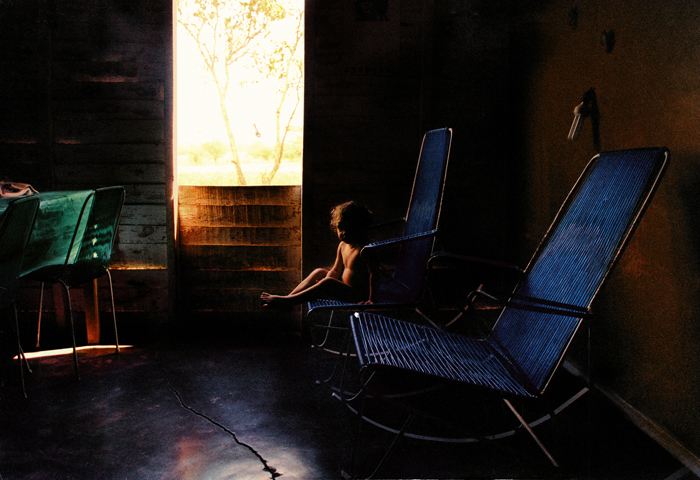
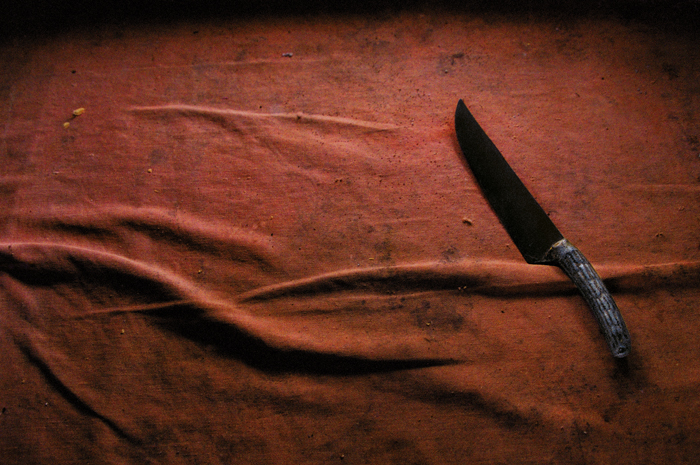
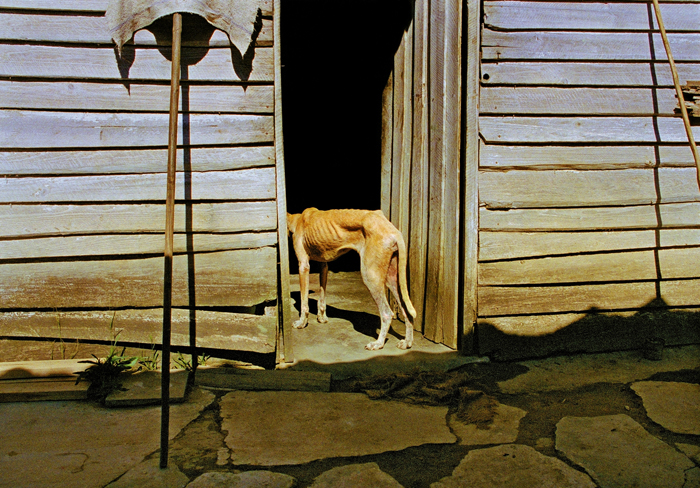
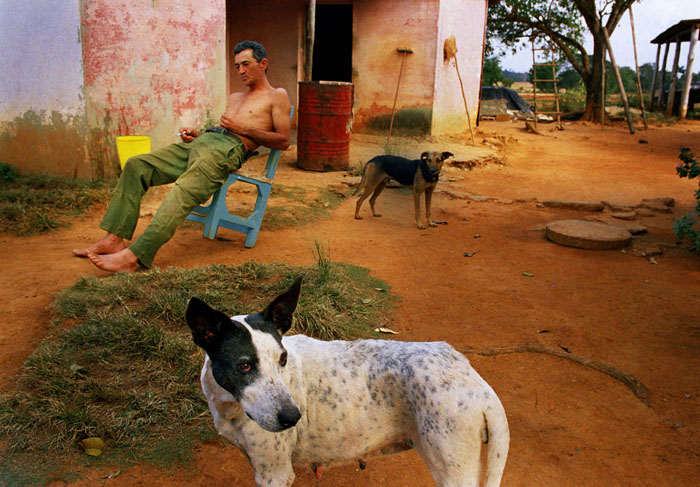
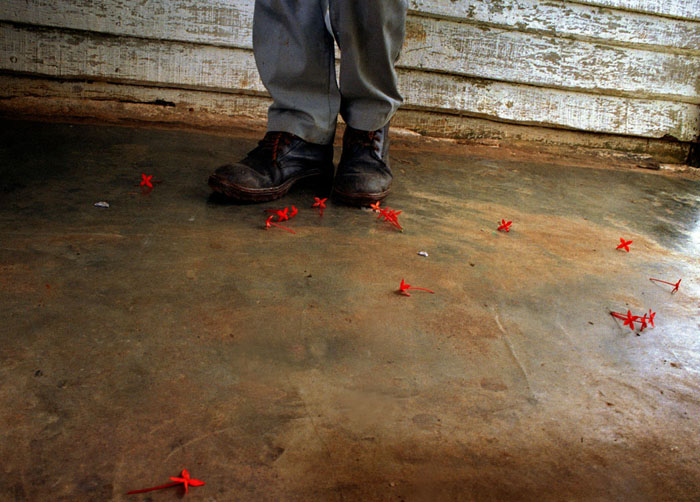
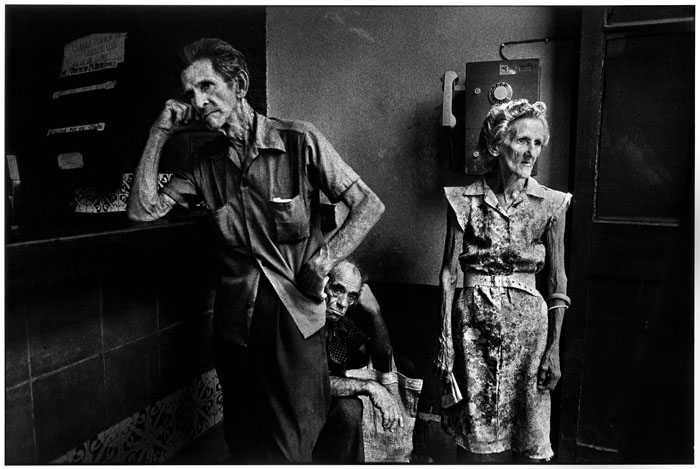
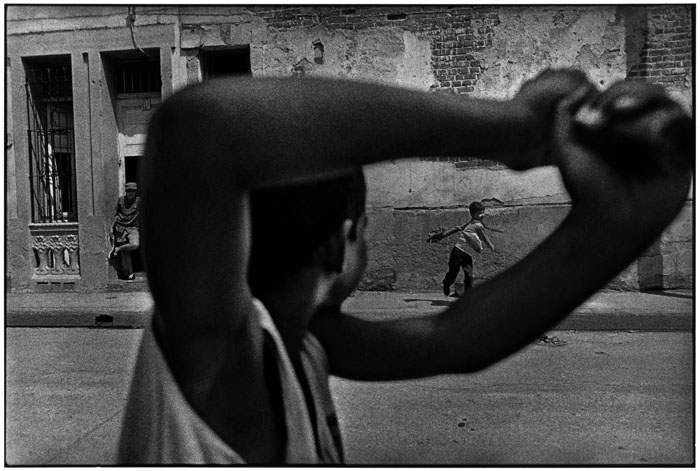
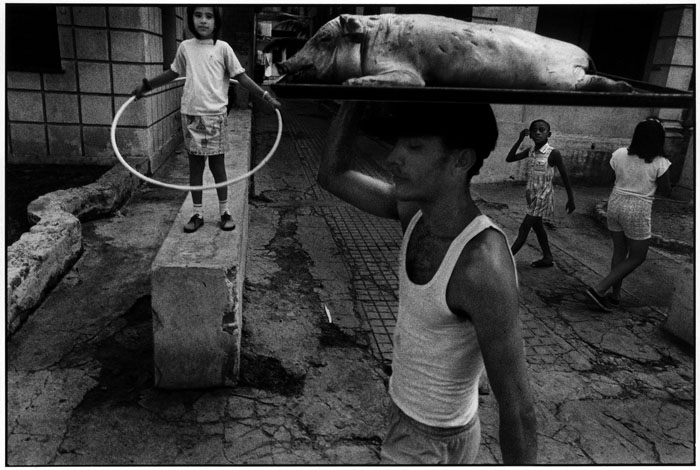
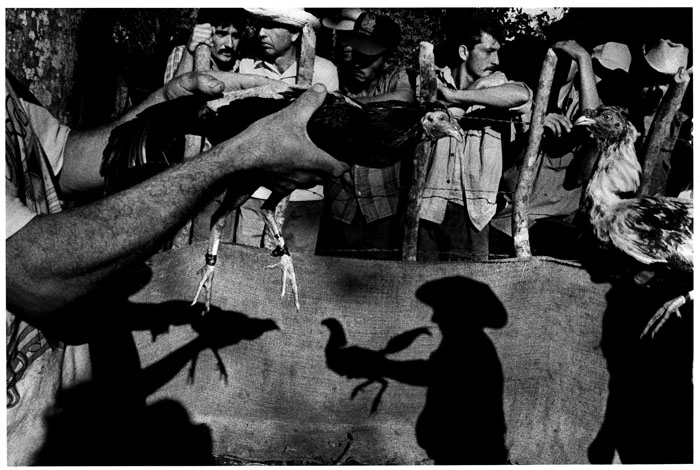
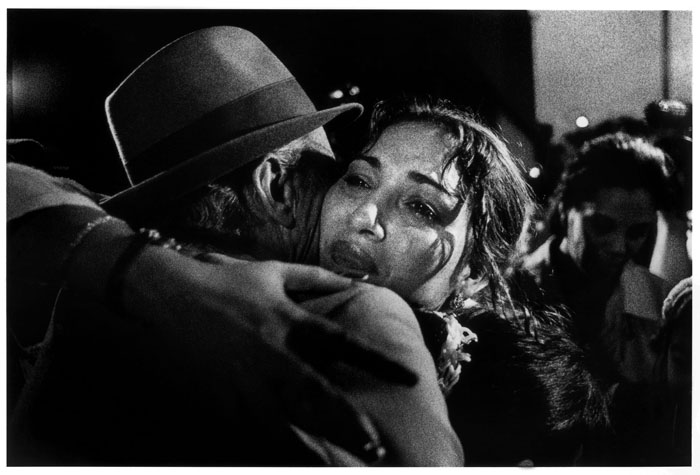
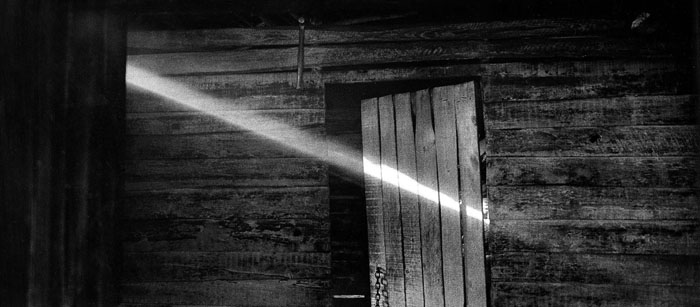
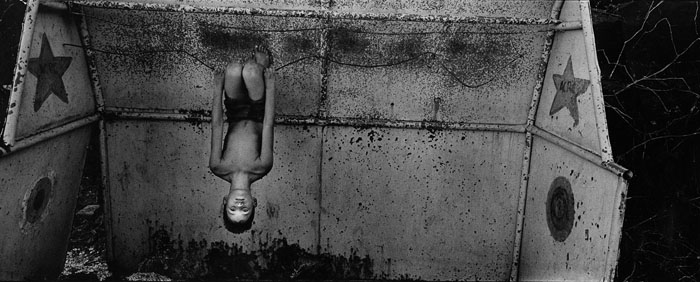
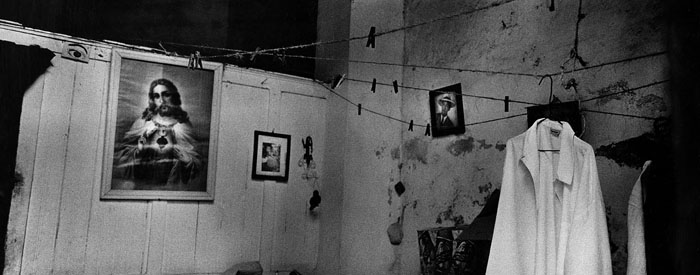
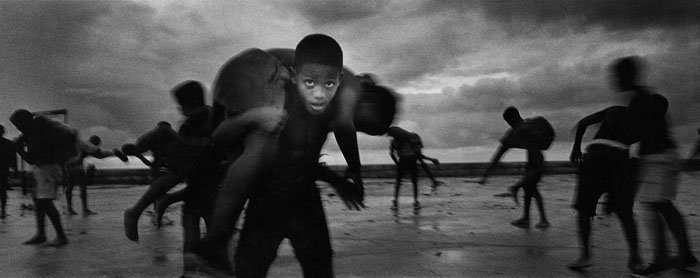
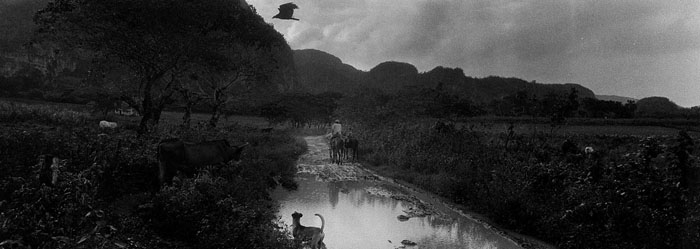

Leave a Reply